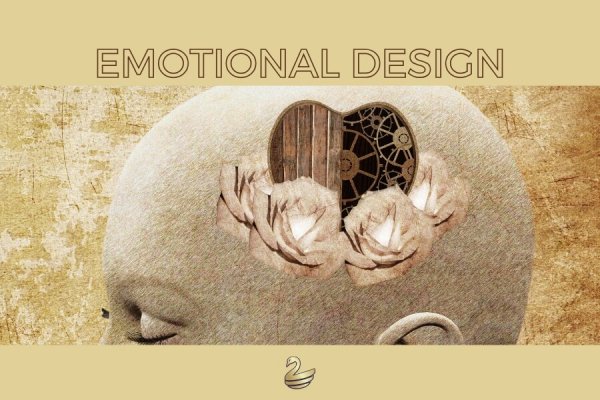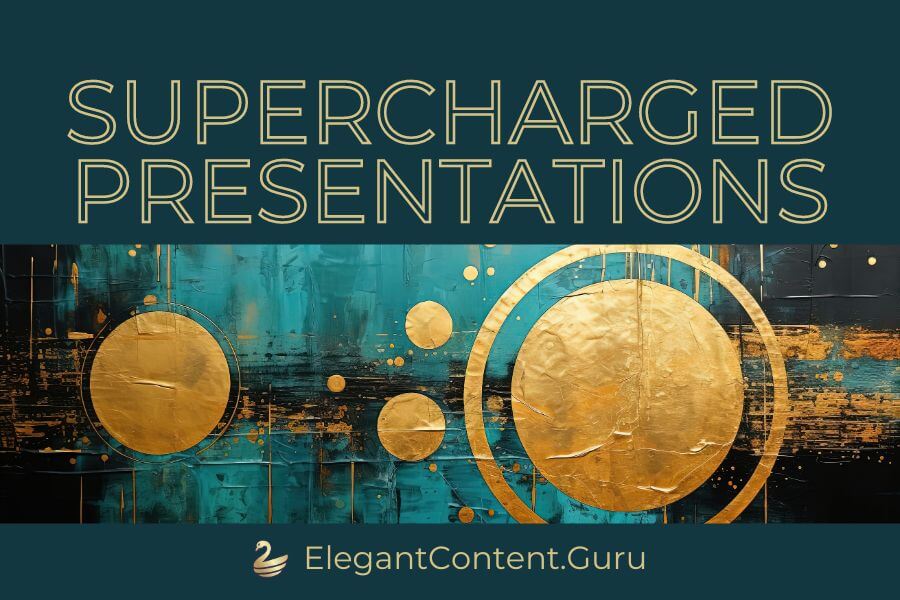Emotional design refers to the practice of creating designs that evoke emotions and result in positive user experiences. It involves designing products and interfaces that not only meet the users’ functional needs but also resonate with them on an emotional level. By focusing on emotional design, we create products that users feel good about, leading to greater engagement and loyalty.
What is Emotional Design?
In today’s digital age, user experience (UX) design is an important part of creating successful products and services. As designers, we strive to create designs that not only meet the functional needs of users but also evoke positive emotions and create memorable experiences. This is where the concept of emotional design comes into play.
According to Don Norman, a pioneer in the field of UX design, “Everything has a personality: everything sends an emotional signal.”
The simple truth is, even when designers don’t intentionally infuse their designs, users still experience emotions when interacting with those designs.
The Three Levels of Emotional Design
To create effective emotional design, designers aim to reach users on three cognitive levels: visceral, behavioral, and reflective. These levels represent the user experience and play a role in shaping users’ emotions and perceptions.
1. Visceral Level
This level refers to users’ immediate and instinctive reactions to a design. It involves the initial impressions users have when they first encounter a product or interface. A minimal and visually appealing user interface, for example, evokes a positive visceral response, suggesting ease of use.
2. Behavior Level
The behavioral level focuses on how a design helps users achieve their goals and how effortlessly it allows them to do so. Users subconsciously evaluate the design’s function and usefulness. For example, a well-designed interface that enables users to complete tasks efficiently and with minimal effort also creates a positive behavioral response.
3. Reflective Level
At the reflective level, users consciously judge the design’s performance and benefits. They reflect on their experience with the interface and form emotional bonds with it. These positive experiences lead to further use, emotional attachment, and word-of-mouth recommendations.
10 Emotional Design Principles
To apply emotional design principles, designers must first start with functional design. Once that in place, designers can focus on creating designs that evoke emotions. Here are some strategies to make emotional design work for you:
1. Give your design a signature personality
Create a distinctive logo that users identify with and that aligns with your brand. MailChimp’s Freddie the Monkey is a great example of a signature personality.
2. Engage users as characters
Infuse personal touches in your design to create the illusion of a personable helper who knows users like an old friend. Treat your users like the main character in a story. Add touches that make them feel seen and supported.
3. Use color With Purpose
Leverage the psychological impact of colors to evoke specific emotions. For example, blue is often associated with trustworthiness in the context of banking interfaces. Colors carry emotion. Use them to build trust, energize, or soothe—whatever fits the story you’re telling.
4. Write copy with Heart
Write copy that inspires users’ emotions. Use the terms and phrases that align with the image you want to project. Words matter. Write in a tone that reflects your brand and stirs the right feelings.
5. Refine Your micro-copy
Tailor labels and other micro-copy to match your brand’s voice and tone. This helps create a cohesive user experience. (Micro-copy is the small text snippets that appear on websites, apps, and other digital products). Even the smallest bits of text can make a difference. Make them feel human, warm, and thoughtful.
6. Use Sound and Motion
Using music and sound conveys messages and evokes specific emotions. A well-placed sound or animation can reinforce feeling and guide attention with grace.
7. Personalize the Journey
Personalize the content based on users’ preferences or previous interactions. This enhances the individual and the emotional connection. Adapt experiences based on user behavior or preferences. Adapt experiences based on user behavior or preferences. Little nods to the user’s world go a long way.
8. Surprise and delight
Provide unexpected rewards, prizes, or surprises to create a positive emotional response. Small, unexpected joys—an Easter egg or a friendly message—can make people smile and share.
9. Tell stories
Storytelling in your design engages users emotionally and creates a narrative that resonates with them. Narratives help users feel emotionally connected. Use storytelling to give context and meaning.
10. Sweat the Details
Ensure that even error messages and downtime notifications are designed with care. Use polite language to avoid frustration and offer compensation treats when appropriate. Even your error messages deserve kindness. A little humanity in friction points builds trust.
By using these strategies, designers can create designs that foster positive emotional engagement. It also establishes a friendly presence, and makes their products different from competitors.
The Power of Emotional Engagement
Emotional design is not just a nice-to-have; it directly impacts the success of a product or service. In fact, there are many benefits to these techniques. For example, it resonates with users on an emotional level, businesses can cultivate a loyal user base, increase user engagement, and drive positive word-of-mouth. Emotional engagement also plays a crucial role in establishing brand loyalty and fostering long-term customer relationships.
Designing with emotion isn’t fluff—it’s foundational. When we care about how people feel, we create experiences they remember and return to. Emotional engagement is the gateway to loyalty, advocacy, and connection.
Learn More about Emotional Design
If you’re interested in diving deeper into the world of emotional design, there are several resources available to expand your knowledge:
- The Interaction Design Foundation offers a course on Emotional Design – Emotional Design — How to Make Products People Will Love.
- Smashing Magazine has a wealth of articles on emotional design and related topics, such as tone of voice, redesigning with personality, and web design trends.
- Don Norman, the “Grand Old Man of User Experience,” has written a book on emotional design that provides valuable insights into the subject – Emotional Design: Why We Love (or Hate) Everyday Things.
Conclusion
Emotional design is about care, intention, and empathy. When you understand your users as people with feelings, stories, and needs—you design not just for success, but for love. 💜













